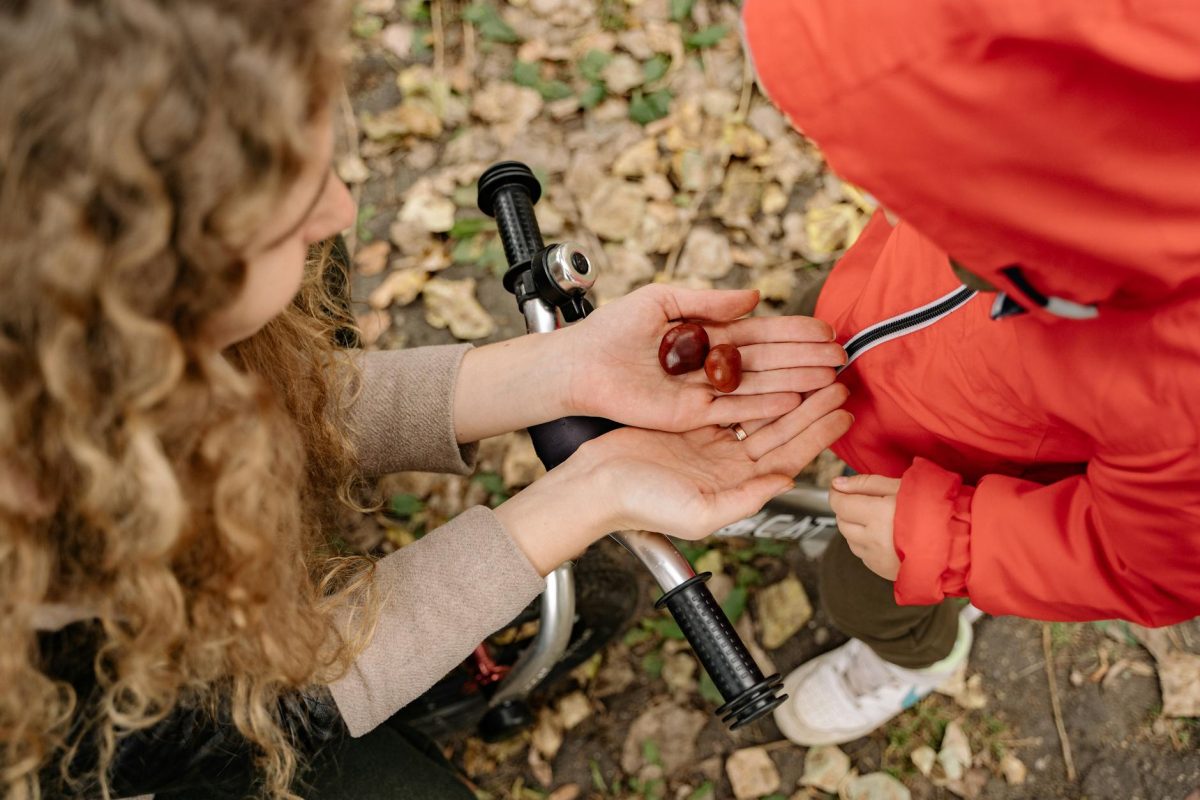Biking Etiquette: Essential Tips for Sharing Paths
Cycling is not only a great way to stay active but also a sustainable mode of transportation that promotes environmental conservation. However, when sharing paths with pedestrians, other cyclists, and even drivers, it’s crucial to follow proper biking etiquette to ensure safety and harmony among all road users. In this article, we will discuss some essential tips for sharing paths while biking, covering everything from signaling to yielding and respecting others on the road.
Signaling for Safety
One of the most critical aspects of biking etiquette is signaling your intentions to others on the path. Use hand signals to indicate when you are turning left, right, or stopping. This way, pedestrians and fellow cyclists can anticipate your movements and adjust their own path accordingly. Clear communication through hand signals helps prevent accidents and ensures a smooth flow of traffic on shared paths.
Yielding to Pedestrians
When sharing paths with pedestrians, cyclists must yield the right of way. Always slow down when approaching walkers and give them plenty of space to feel comfortable. Respect their presence on the path and remember that they have the right to enjoy their walk without feeling rushed or endangered by fast-moving cyclists. Be patient and wait for an appropriate moment to pass safely while maintaining a safe distance.
Passing Other Cyclists
When overtaking other cyclists on a shared path, it’s essential to pass safely and courteously. Give a verbal warning such as “on your left” to alert the cyclist ahead of your presence. Ensure there is enough space to pass without causing a sudden swerve or unexpected movement. Pass at a safe distance to prevent any collisions, and once you have passed, return to your original position on the path smoothly. Remember, patience and consideration go a long way in promoting a positive biking experience for everyone.
Respecting Different Speeds
Paths are often frequented by cyclists of varying speeds, ranging from leisurely riders to seasoned athletes. It’s crucial to be mindful of your speed and adjust it according to the flow of traffic around you. Slow down when approaching crowded areas or sharp turns and be prepared to yield to slower-moving cyclists. Conversely, maintain a steady pace in open spaces to avoid causing congestion or hindering others’ progress. By being aware of the different speeds on the path, you can navigate safely and harmoniously with fellow riders.
Sharing the Path with Others
In addition to cyclists and pedestrians, shared paths may also accommodate runners, skateboarders, and even pets on leashes. Show respect for all users of the path by maintaining a considerate and inclusive attitude. Slow down or stop if needed to allow others to pass safely. Keep a lookout for potential hazards, such as loose animals or obstacles on the path, and alert others if necessary. By fostering a culture of mutual respect and cooperation, you contribute to a positive and welcoming environment for all path users.
Conclusion
Biking etiquette is a fundamental aspect of safe and enjoyable cycling experiences on shared paths. By following these essential tips for sharing paths, cyclists can promote harmony, safety, and mutual respect among all road users. Remember to signal your intentions, yield to pedestrians, pass other cyclists with care, respect different speeds, and show consideration for everyone sharing the path. By practicing good biking etiquette, you not only enhance your own biking experience but also contribute to a positive cycling culture in your community.
